An inside look at the stadium that has been at the heart of Irish sporting events for over 100 years.
I can’t keep up with Leonard Fearon. He walks as fast as he talks and he’s got a few thousand mouths to feed. So while young hurlers from Waterford and Kilkenny chase each other around Croke Park six floors below, I’m on the corporate level running after the chef.
Fans may be passionate about hurling, but this man is passionate about food. Three-quarter pace beneath a big white hat, the chef ducks into one of 87 VIP suites to check out a display of gourmet food and fine wine. DJ Foran has just scored a smashing goal for Waterford minors but Chef Fearon is putting me straight about chicken yakitori.
Fitzer’s Catering is the company contracted for all food and beverage at Croke Park. And if self-help was a guiding principle when the Gaelic Athletic Association was founded in 1884, Group Executive Chef Fearon feels the caterers have their role to play at GAA Headquarters. “Good quality Irish food,” he says. “That’s what we want to achieve.”
Leonard and his staff have been preparing here since 6 a.m. By the time he leaves at 9 p.m., over 2,000 people will have wined and dined and many thousands more will have bought drink or take-away food, colorful, voluble armies marching on their bellies. Ambushed by Leonard’s gastronomic offensive, the GAA institution of “sangers and flasks” (home-made sandwiches and a thermos) could become an endangered species.
But while Fitzer’s have tried falafels and burritos, the regular GAA palate likes what it knows. “They love fresh roast beef sandwiches, hot dogs – and you can’t go wrong with a good burger.”
“Next week will be manic,” Leonard predicts, already visualizing hungry hordes en route from Limerick and Clare. “The sporting aspect goes over my head, but this is Fitzer’s flagship and you get caught up in the atmosphere,” he says. “I’m not a GAA man myself but Croke Park is my baby.”
Parked like a spaceship in Ballybough, the stadium punctures the skyline of Dublin’s northside, corralled by the Royal Canal on one side and a suburban railway line on the other. Irish summers can be measured out by what happens here. As the GAA football and hurling championships move towards a visceral finale, match days are followed by an established rhythm of clearing what has passed and gearing up for what is next. The following Sunday it’s pristine once again, extending a welcome to inter-county stars and their legions of hopeful supporters. As the GAA’s marketing motif promises, “Nothing beats being there.”
Down at pitch level, Head Groundsman Stuart Wilson surveys 15,000 square meters of lawn with a covetous eye. Stuart does not take kindly to big feet straying across the white line. An A4 page on the staff wall is posted like a mantra: “The difference between a good pitch and a great pitch is ATTENTION TO DETAIL.”
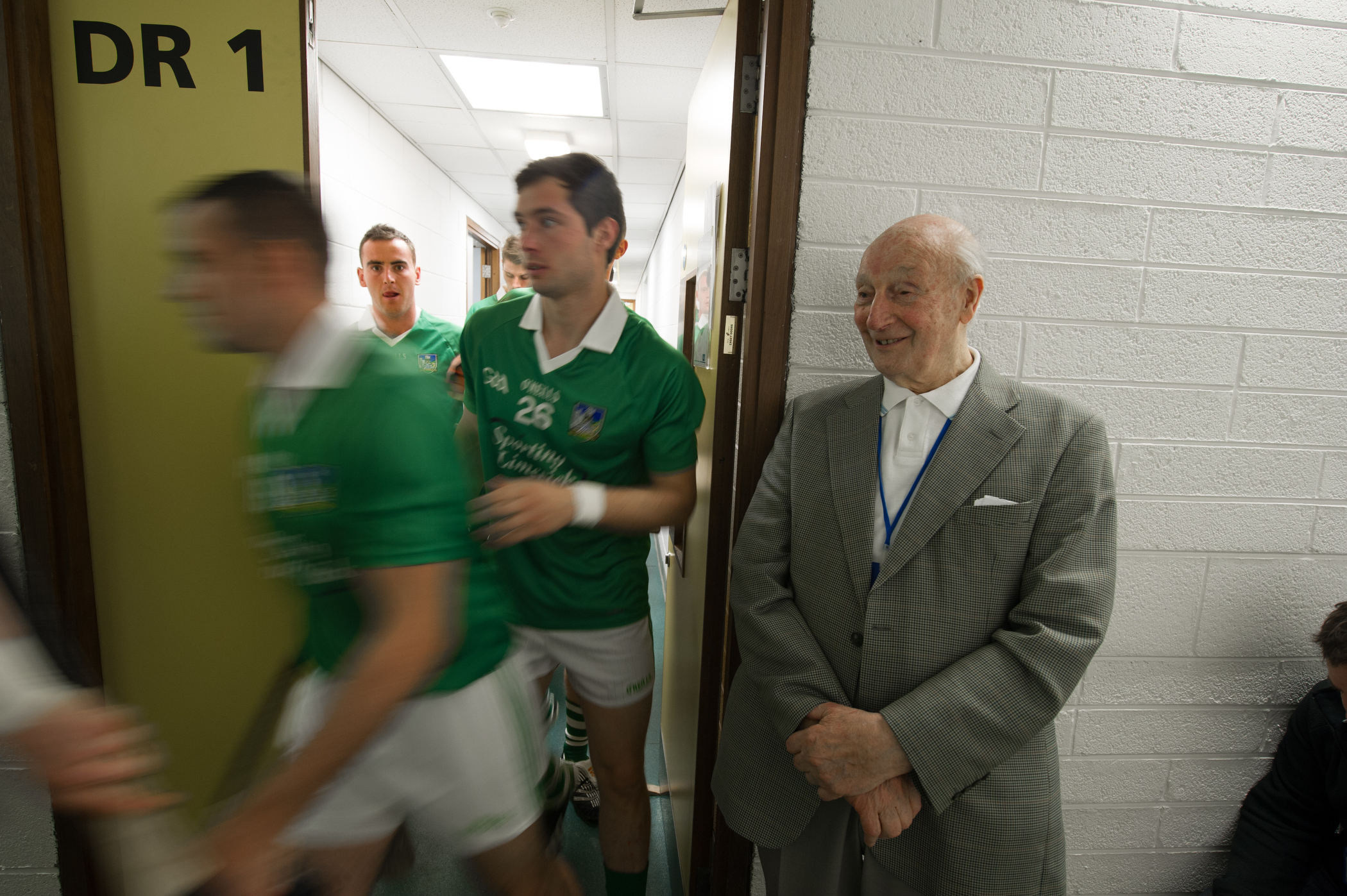
If Leonard is consumed by food, Stuart’s passion is grass. “This is one of the best jobs in Europe in my industry,” he smiles. And if there’s one thing chefs and groundsmen have in common, it’s the imperative of presentation.
“Before the hurling final we told everybody if you walk against the stripe the grass will stand out.” He grimaces, as though trying to shake off a nightmare. “We literally had to go out and brush it by hand to take the footprints out. Some people might think that’s completely anal, but we are striving for perfection.”
It doesn’t take long to realize Croke Park is not short of fastidious minders. Security Manager John Clare patrols the stadium on match day. He’s a self-confessed perfectionist whose corporate security work has taken him to Israel, to Indonesia, and to Azerbaijan, before his career path with Brinks brought him to Ballybough. “I look at Croke Park as being a client’s house, that’s the simplest analogy – it has a front, a back and two sides.” He pauses, amused at the thought. “A very big house.”
From its control room on Jones Road, Brinks has 95 staff on duty and 216 CCTV cameras around the ground. Remarkable in these recessionary times, attendance rose in the later stages of last season’s championship, earning the GAA total gate revenues of €29 million for the year. The Association declares itself debt-free, returning total revenues of €56 million for 2014.
These are astounding sums for what is described as an amateur organization. But the term ‘amateur’ understates the professionalism of management and the sheer ambition of its enterprise. What sets the GAA apart is how it thrives as a rare hybrid of voluntary and paid staff. “All the players, subs, umpires, referees, linesmen and nobody gets paid,” explains Stadium Director Peter McKenna. “The voluntary ethic of the Association is paramount to what goes on.”

It’s quite something to see this hybrid model in action. On big match days several hundred volunteers come in around midday for a breakfast roll and a coffee, get assigned to a steward section where they will remain until stood down after the final whistle. In return, they get to see the game.
“Croke Park is a very successful business,” says McKenna. “It has a stadium worth a quarter of a billion (euro) that’s already built. There are no borrowings – it’s all paid back. And who benefits? 86 percent of all game revenue goes right back to the grassroots.”
Even the head groundsman is joined by six voluntary greenkeepers. “A huge number of those who work in golf are very interested in Gaelic games,” says Wilson. “They come in to help us. They aren’t coming to be paid, but they are willing to give up their time. For an amateur organization it’s phenomenal how it’s run – I’ve never seen anything like it.”
McKenna has been building these blocks since implementing a company structure at Croke Park 15 years ago. It’s a delicate balance between goodwill and exigency. And so on All-Ireland days, the highlight of the GAA calendar, over 1,800 people will report for duty at Croke Park, including 1,350 contract staff (mostly catering, security and cleaners) and 390 volunteers. The best sporting comparison is probably the Olympics. At the 2012 London Games, for instance, 6,000 full-time staff were supplemented by 100,000 contractors and 70,000 volunteers.
Deputy Event Controller Amy Bermingham was seconded to the London Games for 18 months. “I could see many of the practices there were exactly how we operate here,” she says. “Croke Park operates a world-class system and I felt really proud about it. I was over there saying, ‘We have the fourth largest stadium in Europe!’ Obviously the GAA isn’t known worldwide.”
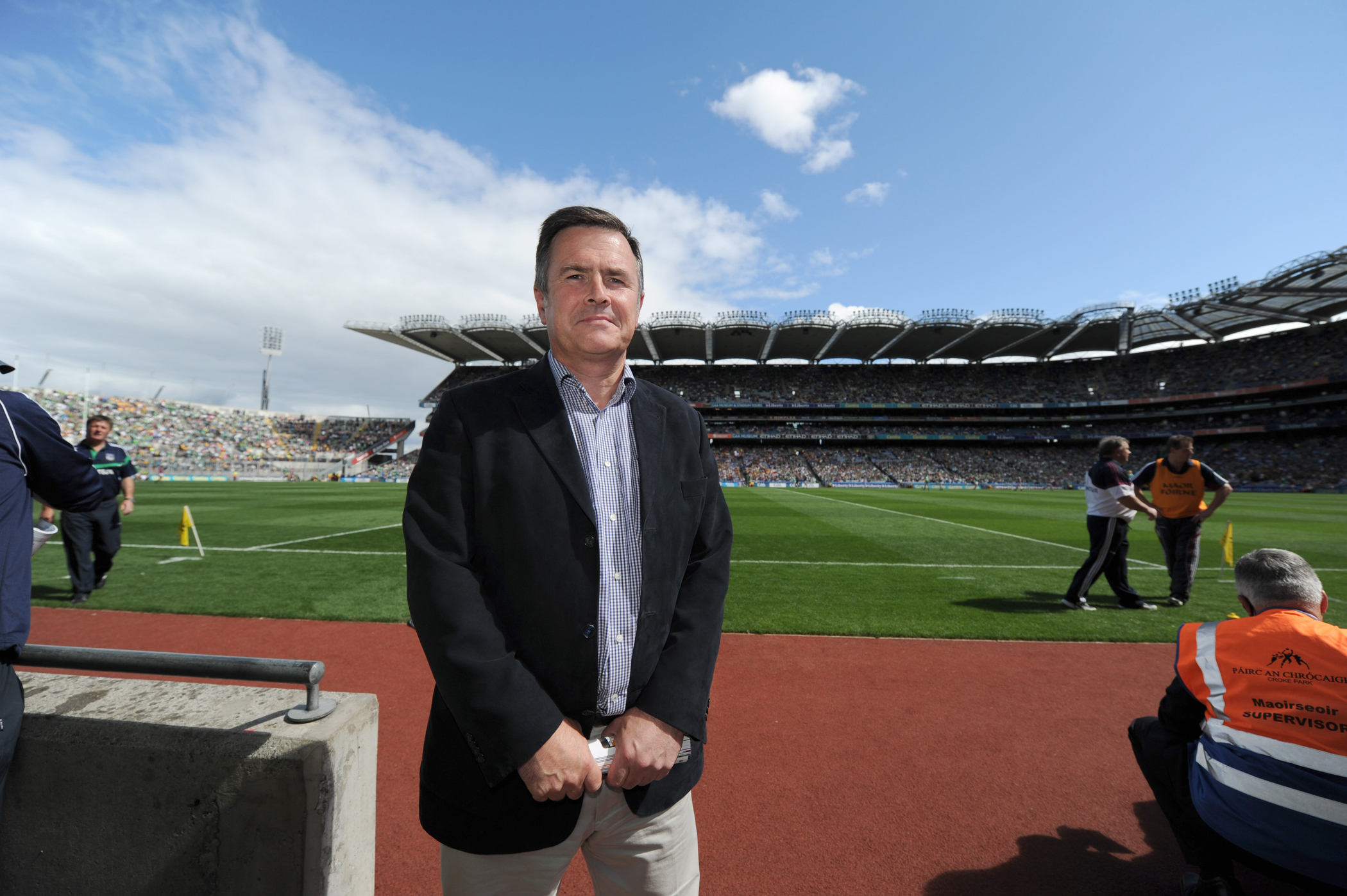
“When visiting dignitaries come to games here they are stunned in every way,” laughs McKenna, recalling UEFA President Michel Platini at the 2006 All-Ireland hurling final between Kilkenny and Cork. “He just sat there and didn’t move. Didn’t want lunch, didn’t want anything. He just watched the game, could not believe the skill level and was most effusive afterwards.”
Like many life-long GAA supporters, my own introduction to Croke Park began with my grandfather. He would take me to games on Sunday, wending our way through a tall forest of grey-coated men wearing brimmed hats. If today is technicolor, this was monochrome. Sports merchandise didn’t exist, and the only ones wearing a team jersey were the players on the pitch. The best you could do was a papier-maché hat bearing the stencilled legend ‘Up Tipp’ or, occasionally, ‘Muigh Eo Abú!’
The initiation began with Grandpa lifting me over a metal turnstile at the entrance and climbing stairs to the old Cusack Stand. This would be our home for the next couple of hours, a grey timber bench separated into single units by protruding metal elbows. My perch was Grandpa’s knee. Foot room was an alien concept. Chicken yakitori was presumed to be a city in Japan.
The Cusack Stand – like the rest of Croke Park – was rudimentary in every way. Less spaceship than concrete bowl. Spectators would not leave their seats in the middle of a match – if you missed the action there was no second chance with TV replays on giant screens in the stadium.
Exceptions were made for basket-wielding women selling apples and bars of chocolate or, regardless of the weather, white-coated men selling plastic tubs of Maxi-Twist ice cream. One flavor only – vanilla with a twirl of raspberry and lime on top.
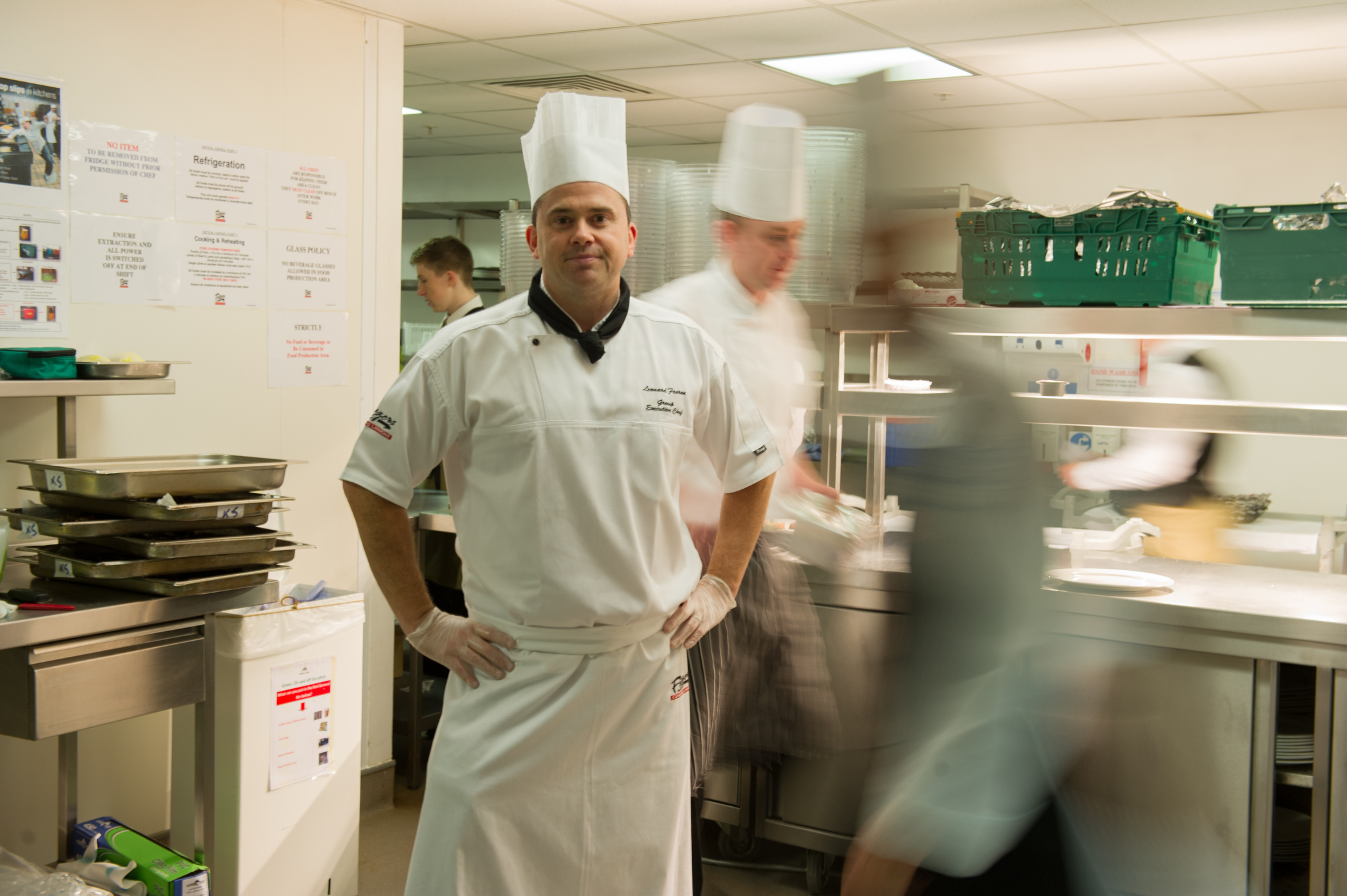
It was almost a rite of passage. The first time to witness the beauty of sport, to see first-hand people impassioned by senses deeper and more profound than a child could fathom. The spectacle could be a thing of grace or ugliness or something dull in between. Embarking on each Sunday excursion with Grandpa, we just never knew what was to come.
Neither could anyone foresee how Croke Park would evolve in the coming decades. Through years of massive reconstruction the stadium never closed. “The GAA are often criticized for being slow making decisions, but when they decide on something they do roll it out,” says event controller Seamus Ó Mídheach, now stationed 35 years at HQ. “This is the place to be – there’s nowhere else like it.”
Croke Park is now the fourth largest stadium in Europe, after Camp Nou (Barcelona), Wembley (London) and the Bernebeu (Real Madrid). “I mean, for an amateur organization it’s just phenomenal how it’s run,” says Stuart Wilson. “My old boss from Arsenal, a top guy in the industry, came over and was just blown away with it.”
The GAA may not have shed its conservative image entirely, but Croke Park has embraced the serious challenges of a highly competitive modern world without losing its amateur ethos. Charity groups around Ireland report voluntarism is on the decline, yet when Croke Park advertised 12 unpaid supervisory roles last year 50 volunteers applied. Having done steward for ten years, Lorcan McMahon, a carpenter from Blessington, Co. Wicklow, was one of those promoted. “I don’t know how to explain why I do it,” he shrugs. “The money doesn’t bother me in the slightest and there’s a definite buzz, no doubt about it. Down on the pitch you’re up close to the action so I enjoy it.”
Dubliner Sheelagh Burke has been coming here for seven years, partly because of the enjoyment her nephews get from playing Gaelic games. “I love being part of it,” she says simply. “Sure look at the players – they’re doing it as amateurs so why can’t we?”
Through the championship season, volunteers clocked up 38,000 hours of unpaid service at Croke Park. Translate that into wages and you are talking savings of over €250,000. “It’s an obvious contradiction, but if that means we have to pay someone to, say, stand at an emergency door, that’s what we have to do,” concedes Peter McKenna. “There’s an issue there which has never raised itself. We need to be extraordinarily sensitive because if the volunteers were to leave this building we would be facing a very, very different proposition.”
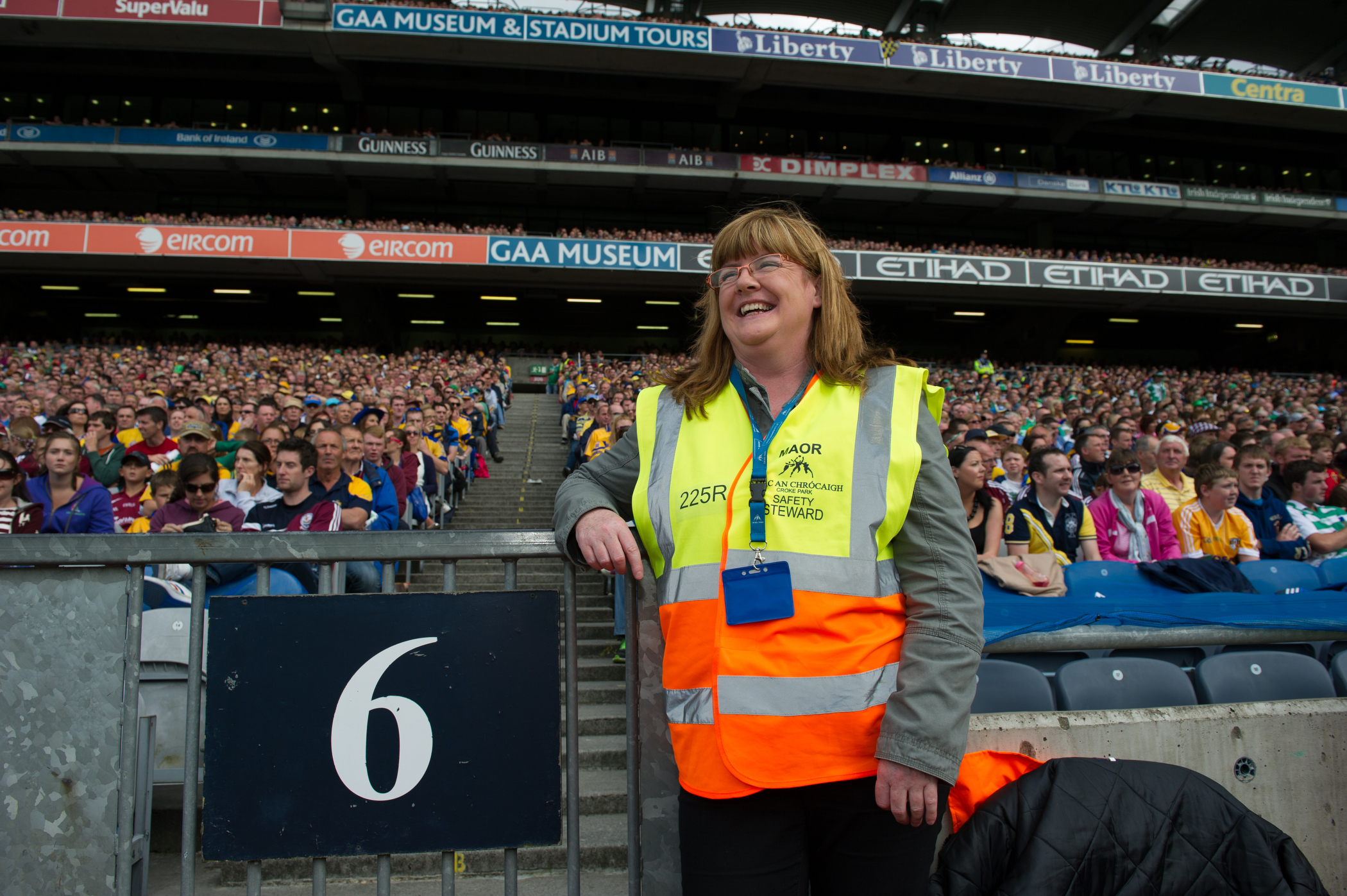
The fact that some staff get paid and some do not is immaterial to Sheelagh, Lorcan and others. “It doesn’t come into it,” she replies, echoing a widely held sentiment. “I don’t worry about the money,” agrees Wicklow teacher John Doran, another volunteer. “The way it is, the GAA has been good to us. Besides, if there were no voluntary stewards there would be no game.”
With so much spare capacity, Croke Park has expanded its activities as a concert venue and convention center. It offers stadium tours, a rooftop walk, and even hosts an occasional wedding. It might rankle with traditionalists unhappy to see GAA facilities being used for other purposes, but there’s a new pragmatism driving the Association.
“Of course there are matches every week through the summer, but there are the other 330 days in the year,” points out Mark Dorman, Director of the impressively revamped GAA Museum. “What do you do to make the stadium work?
“Old Trafford (home of Manchester United), is the grounds of a club; we’re the grounds of a country,” he adds, reporting over 100,000 visits to the museum last year. “We always say if you want to get a handle on Ireland, Croke Park is the place to come.”
A neatly tiled wall outside the museum details every GAA club in existence around the globe.
Association President William Clifford’s 1926 plan to set up shop in every parish appears to have gone further than even he intended. New York, Chicago, Boston, San Francisco, London and Birmingham remain GAA strongholds, but fresh migrations have redrawn the Gaelic world.

In October 2013, for instance, Orang Éire club in Kuala Lumpur staged the first Asian Gaelic games tournament. Their Ladies ‘C’ team took on a Thai GAA selection while the ‘A’ team faced Hong Kong, Abu Dhabi, Dubai, Shanghai, Singapore and the Arabian Celts. Meanwhile the match report from Orang Éire ‘D’ versus the Mongol Khans made for interesting reading. “Their goalie came over for a chat before the game with a Strongbow (hard cider) in his hand . . .”
In striking a delicate balance between development and tradition, the vast majority of GAA fans fear that players getting paid would shatter what is most unique about Gaelic games. Honor and glory without a price tag, a rare phenomenon in the world of modern sports.
In front of 82,300 fans last September, Kerry won a close game to beat Donegal to take the Sam Maguire trophy, while Kilkenny hurlers claimed the Liam McCarthy Cup after beating Tipperary in an unforgettable match. “The day we lose sight of the fact that the games are why we are here is the day we’re in trouble,” suggests Alan Milton, GAA media officer.
For those two days Croke Park became Ireland’s sixth largest city. Dubliner Joe Rock unlocked the gates as he has done for the past 20 years. He introduces me to his father, a spry 87-year-old-youngster from nearby Love Lane. Taking time out from his role as chief steward of dressing-rooms, Joe Sr. produces a faded 1930s black and white photo of hurlers scrambling across the mucky goalmouth of a barely recognizable field. “That was my club,” he tells me. “Croke Park United. And they used to play right here.”
That mucky field is now a lush grass carpet. It has been crossed by a million invisible footprints since Croke Park United left this earth. With the clock ticking down to throw-in, the stadium is humming with anticipation. Around us, thousands of soon-to-be-filled seats; above us, seven levels of corporate splendor. Inhaling deeply, Joe Sr. takes it all in. “Different times to when we were here,” he nods. “It’s a business now. Big business.” ♦

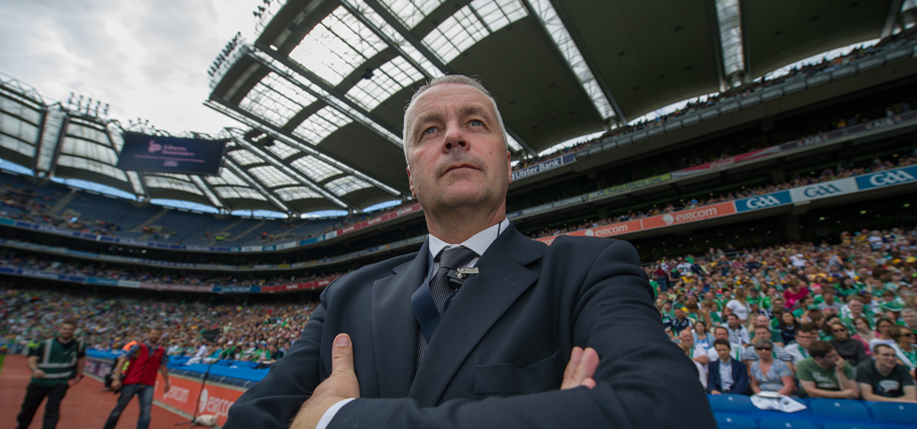
Leave a Reply